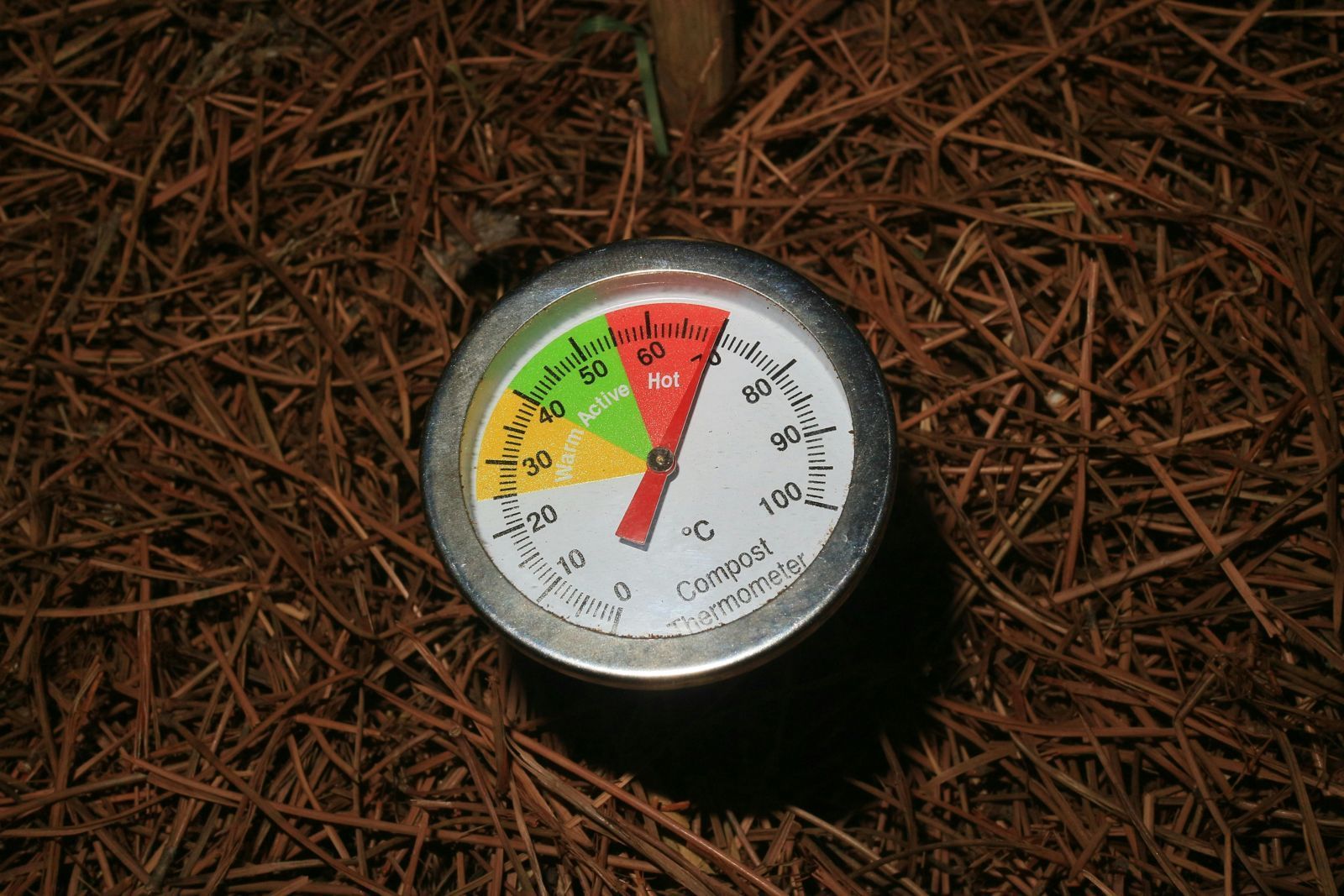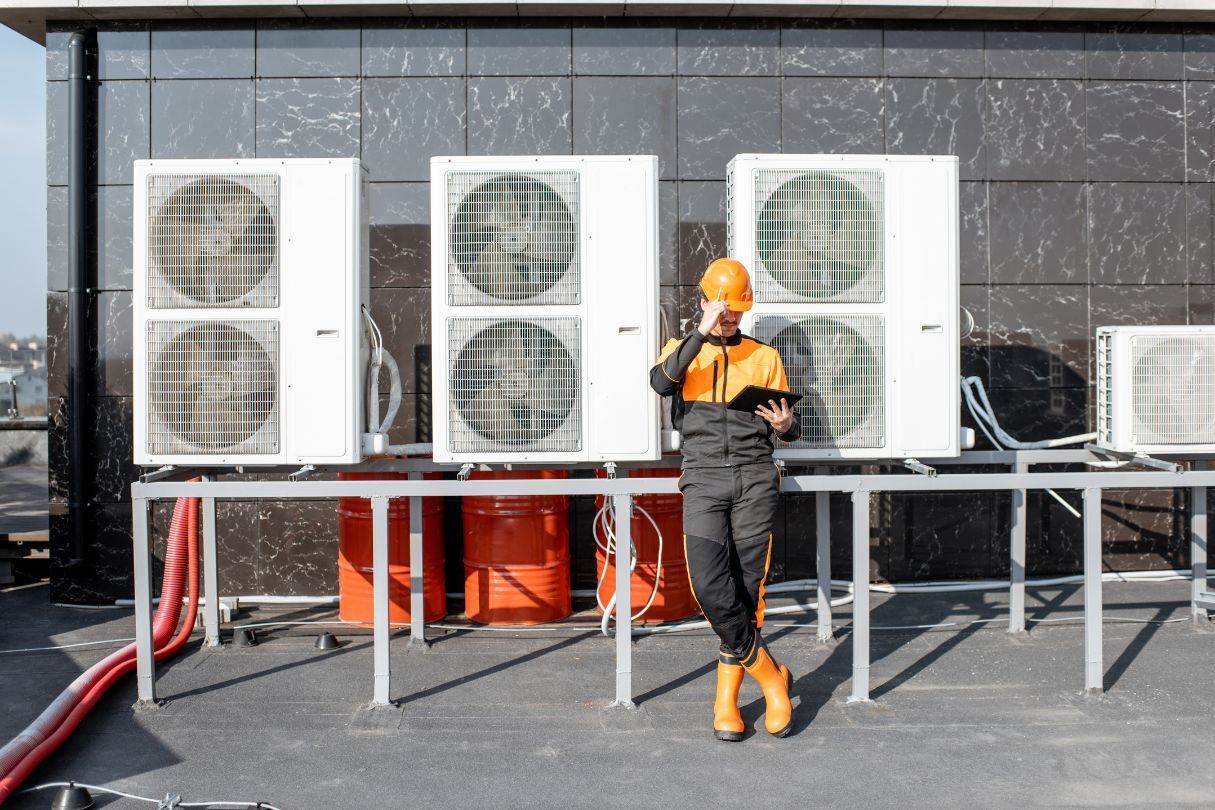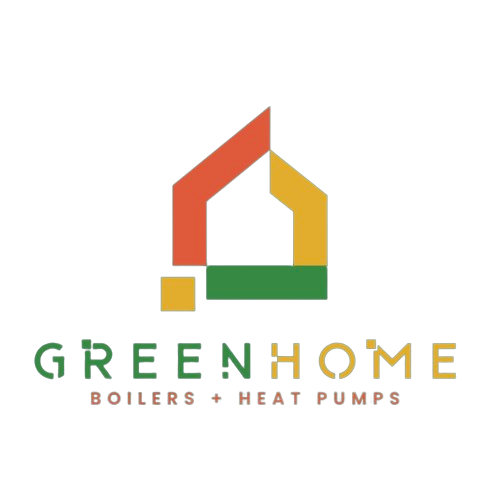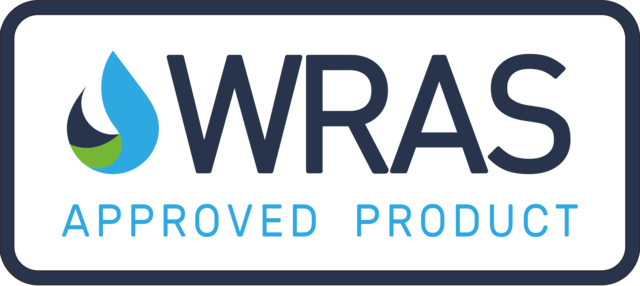Precise Sizing: Maximising Efficiency with Commercial Air Source Heat Pumps
Commercial air source heat pump sizing is critical for ensuring optimal performance and energy efficiency for businesses in the UK. As more companies shift towards sustainable heating for commercial buildings, understanding the intricacies of sizing an ASHP system becomes increasingly important.
Factors Influencing HVAC Sizing For Businesses
Several factors come into play when considering
HVAC sizing for businesses. The first step involves conducting thorough
commercial property heat loss calculations. This process finds building size, insulation levels, window types, and local climate data. These calculations form the foundation for determining the appropriate heat pump capacity.
UK Heat Pump Capacity Requirements
UK heat pump capacity requirements for commercial buildings range from 4kW to 12kW, with larger or more complex properties potentially needing systems with higher capacities. It's crucial to note that, unlike residential installations, commercial buildings often require multiple units or more significant, more powerful systems to effectively meet their heating and cooling demands.
Commercial ASHP System Design Considerations
One key aspect of
commercial ASHP system design is understanding that air-source heat pumps operate at lower temperatures than traditional boilers. They typically run at 50-55°C, as opposed to the 65-80°C of conventional systems. This difference means existing radiators may need to be replaced with larger ones or underfloor heating systems to ensure efficient heat distribution.
Heat Pump Performance Optimisation
For optimal
heat pump performance optimisation, factors beyond the building's size must be considered. The property's age, existing heating infrastructure, and insulation quality are crucial in determining the most appropriate system size. Additionally, future expansion plans or changes in building use should be factored into the sizing calculations to ensure long-term efficiency.
UK Commercial Heating Regulations
When planning
air source heat pump installation for businesses, it's essential to be aware of
UK commercial heating regulations. These guidelines often dictate minimum efficiency standards and may influence the choice of heating system. Working with experienced professionals who understand these regulations is crucial for compliance and optimal system performance.
Benefits of Proper Sizing
Energy-efficient heating solutions like air source heat pumps can significantly reduce a business's carbon footprint and operating costs. However, the benefits are only fully realised when the system is correctly sized. An undersized system may need help to meet heating demands, while an oversized one can lead to efficient operation and unnecessary wear and tear.
In conclusion, proper sizing of commercial air source heat pumps is a complex process that requires
expert knowledge and careful consideration of multiple factors. By investing time in accurate sizing calculations and working with experienced professionals, businesses can ensure they install a system that provides efficient, sustainable heating. This approach supports the UK's move towards greener energy solutions and offers significant long-term benefits for commercial property owners and operators.
You might also like












